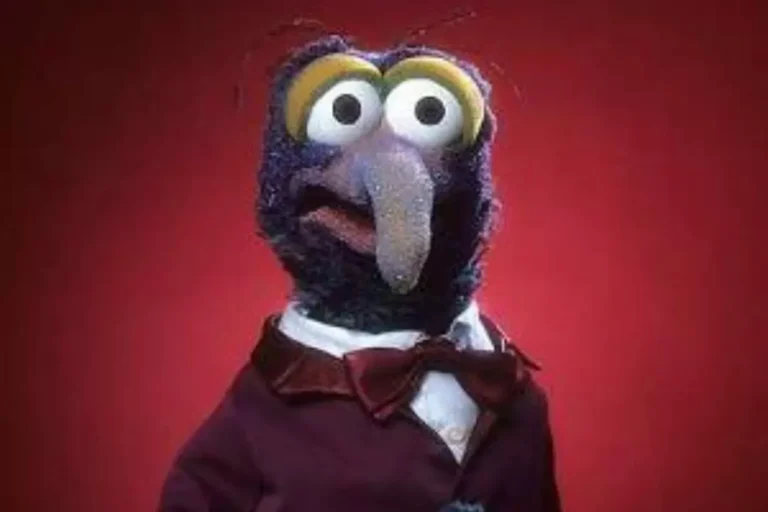Cody Hoyt TV vs Book: Differences and Similarities
In the world of crime fiction, few characters have captured readers’ and viewers’ imaginations quite like Cody Hoyt. Created by acclaimed author C.J. Box, Hoyt has made the leap from page to screen, sparking debates among fans about which version truly brings this complex character to life. This article delves deep into the Cody Hoyt TV vs book comparison, exploring the nuances, differences, and similarities between the two portrayals.
Who is Cody Hoyt?
Before we dive into the Cody Hoyt TV vs book debate, let’s establish who this character is and why he’s captured the attention of so many fans:
- A troubled yet brilliant investigator
- Former police detective with a checkered past
- Struggles with alcoholism and personal demons
- Known for his unconventional methods and relentless pursuit of justice
Cody Hoyt first appeared in C.J. Box’s novel “Back of Beyond” and has since become a central figure in the author’s works, as well as the TV adaptation “Big Sky.”
Cody Hoyt TV vs Book: The Origins
The Literary Cody Hoyt
C.J. Box introduced Cody Hoyt in his 2011 novel “Back of Beyond.” In the books, Hoyt is portrayed as:
- A former police detective from Montana
- In his early 40s
- Battling alcoholism and a tumultuous personal life
- Possessing sharp investigative skills and a dogged determination
Box’s written version of Hoyt is deeply flawed but ultimately sympathetic, drawing readers into his complex world and moral struggles.
The Television Adaptation
The TV version of Cody Hoyt appeared in the ABC series “Big Sky,” which premiered in 2020. In this adaptation:
- Hoyt is portrayed by actor Ryan Phillippe
- The character is slightly younger than his book counterpart
- His backstory and personality are modified to fit the TV format
- The show takes some liberties with Hoyt’s storyline and character development
Cody Hoyt TV vs Book: Character Analysis
When examining the Cody Hoyt TV vs book debate, it’s crucial to analyze how each medium portrays the character’s core traits and development.
Personality and Demeanor
Book Version:
- More introspective and brooding
- Struggles with inner demons are more pronounced
- Dry, often dark sense of humor
- Deeply flawed but ultimately driven by a sense of justice
TV Version:
- More outwardly charismatic
- Struggles are presented in a more dramatic, TV-friendly manner
- Quicker wit and more frequent moments of levity
- Flaws are somewhat softened for broader audience appeal
Investigative Skills
Book Version:
- Methodical and detail-oriented approach
- Relies heavily on intuition and experience
- Often works alone or with minimal support
- Cerebral problem-solving style
TV Version:
- More action-oriented investigation techniques
- Collaborates more frequently with other characters
- Faster-paced problem-solving to fit TV episode structure
- Visual cues and dramatic reveals play a larger role
Personal Relationships
Book Version:
- Complex, often strained relationships with family and colleagues
- Romance is present but not a central focus
- Friendships are few but deeply meaningful
TV Version:
- Relationships are more dramatized for television
- Romantic subplots play a larger role
- Interpersonal conflicts are amplified for narrative tension
Cody Hoyt TV vs Book: Storytelling Approaches
The medium through which a story is told greatly influences how characters are presented and developed. In the Cody Hoyt TV vs book comparison, we see distinct differences in storytelling approaches:
Pacing and Plot Development
Books:
- Slower, more deliberate pacing
- Deeper exploration of Hoyt’s thought processes
- Subplots can be more complex and nuanced
- Character development occurs over the course of multiple novels
TV Show:
- Faster pacing to maintain viewer engagement
- More emphasis on visual storytelling and action sequences
- Subplots are streamlined for episodic format
- Character arcs are condensed to fit within a season’s structure
World-Building
Books:
- Rich, detailed descriptions of Montana’s landscapes and communities
- Extensive background information on secondary characters
- Exploration of local politics and social issues
TV Show:
- Visual representation of settings, relying less on description
- Simplified backstories for supporting cast to maintain focus
- Broader strokes when dealing with local context and issues
Thematic Exploration
Books:
- In-depth examination of themes like redemption, addiction, and justice
- Moral ambiguity is more pronounced and nuanced
- Philosophical questions are explored through Hoyt’s internal monologues
TV Show:
- Themes are presented more overtly through dialogue and action
- Moral dilemmas are often resolved within an episode or story arc
- Less time for deep philosophical exploration, focusing on plot advancement
Cody Hoyt TV vs Book: Fan Reception
The Cody Hoyt TV vs book debate has sparked passionate discussions among fans of both mediums. Here’s how audiences have generally received each version:
Book Fans’ Perspective
- Appreciate the depth and complexity of Hoyt’s character in the novels
- Value the slower pace and intricate plotting of the books
- Often feel the TV adaptation doesn’t fully capture Hoyt’s essence
- Prefer the grittier, more realistic portrayal in the written works
TV Show Viewers’ Take
- Enjoy the visual representation and Ryan Phillippe’s portrayal
- Appreciate the faster pace and more action-oriented storylines
- Find the TV version more accessible and entertaining
- Some viewers discover the books after watching the show
Cody Hoyt TV vs Book: Impact on the Crime Fiction Genre
The dual existence of Cody Hoyt in literature and television has had a significant impact on the crime fiction genre:
Cross-Media Influence
- Increased interest in book-to-TV adaptations of crime novels
- Sparked discussions about fidelity to source material vs. creative freedom
- Encouraged readers to explore TV shows and vice versa
Character Development Techniques
- Highlighted different approaches to character building in books and TV
- Demonstrated how complex characters can be adapted for different mediums
- Inspired writers and showrunners to create more nuanced protagonists
Audience Engagement
- Created a broader fanbase for the Cody Hoyt character
- Encouraged critical analysis and comparison between mediums
- Fostered online communities dedicated to discussing the Cody Hoyt TV vs book topic
Cody Hoyt TV vs Book: The Creative Process
Understanding the creative process behind both versions of Cody Hoyt sheds light on why certain decisions were made in each medium:
C.J. Box’s Approach
- Draws from his knowledge of Montana and law enforcement
- Develops Hoyt’s character over multiple books, allowing for gradual evolution
- Focuses on internal struggles and moral dilemmas
TV Adaptation Process
- Collaborative effort involving writers, directors, and actors
- Needs to balance faithfulness to source material with TV audience expectations
- Must consider visual storytelling and episode structure
The Future of Cody Hoyt
As the Cody Hoyt TV vs book debate continues, fans wonder about the future of this compelling character:
In Literature
- Potential for more Cody Hoyt-centered novels or appearances in other C.J. Box works
- Opportunity for deeper exploration of Hoyt’s past and future
- Possibility of spin-off series or novellas
On Television
- Potential for multiple seasons, allowing for long-term character development
- Crossover possibilities with other TV crime dramas
- Exploration of storylines not present in the books
Conclusion
The Cody Hoyt TV vs. book comparison underscores that while the character’s core remains the same, each medium offers a distinct interpretation. Books provide a deep, introspective look into Hoyt’s psyche, while TV shows deliver a visually dynamic and fast-paced experience. The debate isn’t about which version is superior but highlights how different storytelling formats add new dimensions to the character. Exploring both the novels and the TV adaptation enriches the understanding of Cody Hoyt and will continue to engage fans of crime fiction and character-driven narratives.







